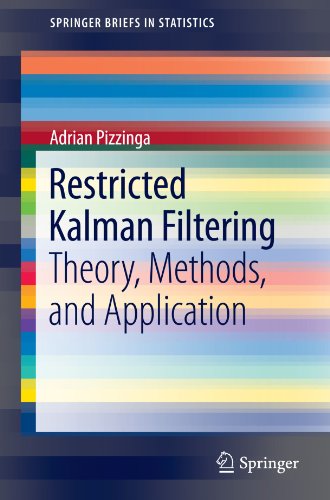

Most ebook files are in PDF format, so you can easily read them using various software such as Foxit Reader or directly on the Google Chrome browser.
Some ebook files are released by publishers in other formats such as .awz, .mobi, .epub, .fb2, etc. You may need to install specific software to read these formats on mobile/PC, such as Calibre.
Please read the tutorial at this link: https://ebookbell.com/faq
We offer FREE conversion to the popular formats you request; however, this may take some time. Therefore, right after payment, please email us, and we will try to provide the service as quickly as possible.
For some exceptional file formats or broken links (if any), please refrain from opening any disputes. Instead, email us first, and we will try to assist within a maximum of 6 hours.
EbookBell Team

4.7
26 reviews In statistics, the Kalman filter is a mathematical method whose purpose is to use a series of measurements observed over time, containing random variations and other inaccuracies, and produce estimates that tend to be closer to the true unknown values than those that would be based on a single measurement alone. This Brief offers developments on Kalman filtering subject to general linear constraints. There are essentially three types of contributions: new proofs for results already established; new results within the subject; and applications in investment analysis and macroeconomics, where the proposed methods are illustrated and evaluated. The Brief has a short chapter on linear state space models and the Kalman filter, aiming to make the book self-contained and to give a quick reference to the reader (notation and terminology). The prerequisites would be a contact with time series analysis in the level of Hamilton (1994) or Brockwell & Davis (2002) and also with linear state models and the Kalman filter – each of these books has a chapter entirely dedicated to the subject. The book is intended for graduate students, researchers and practitioners in statistics (specifically: time series analysis and econometrics).